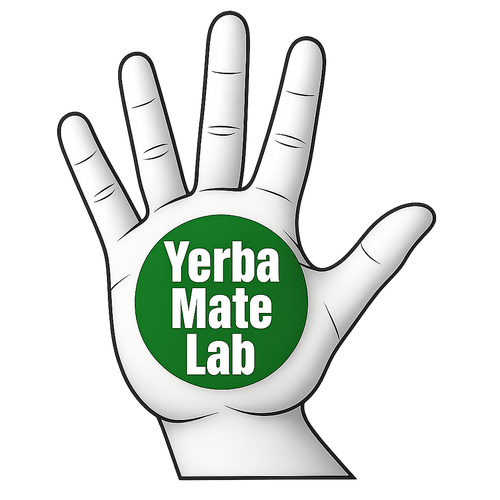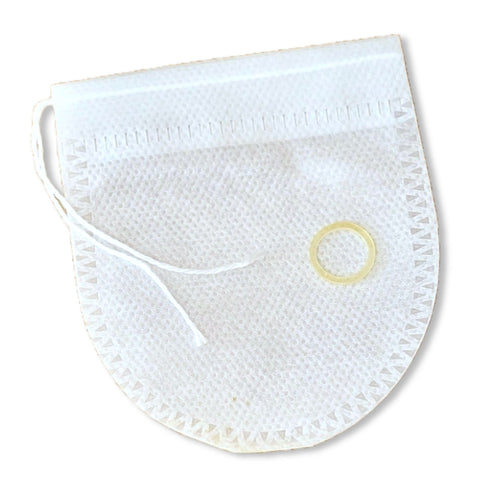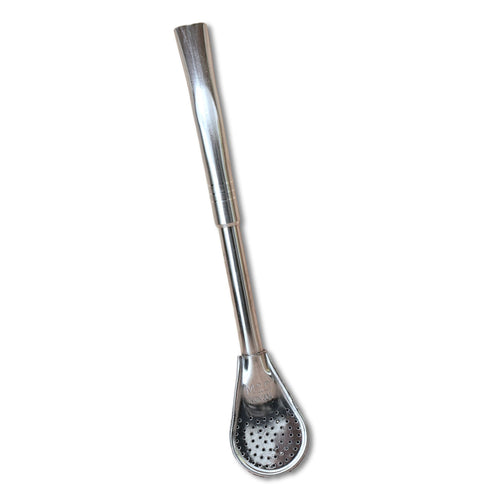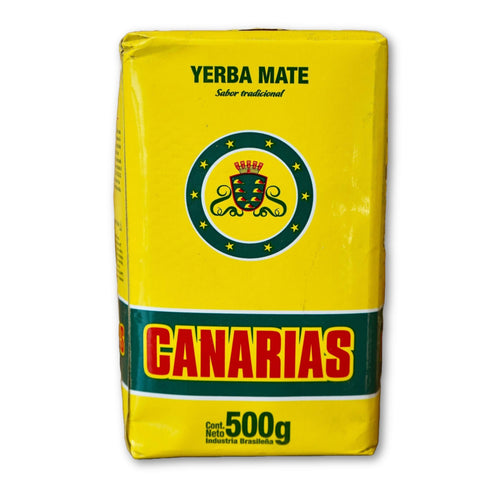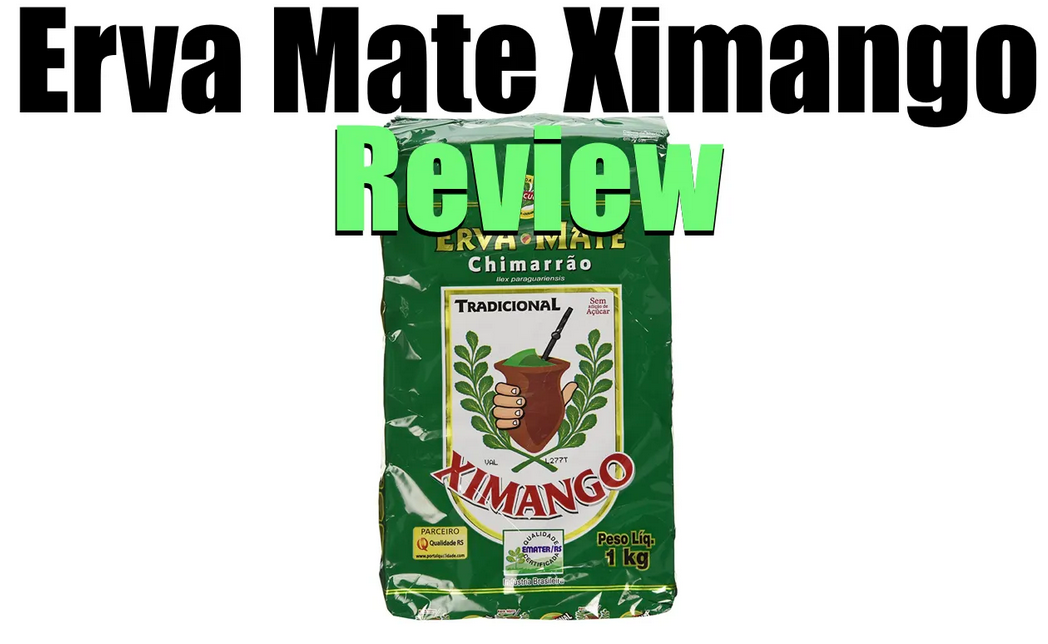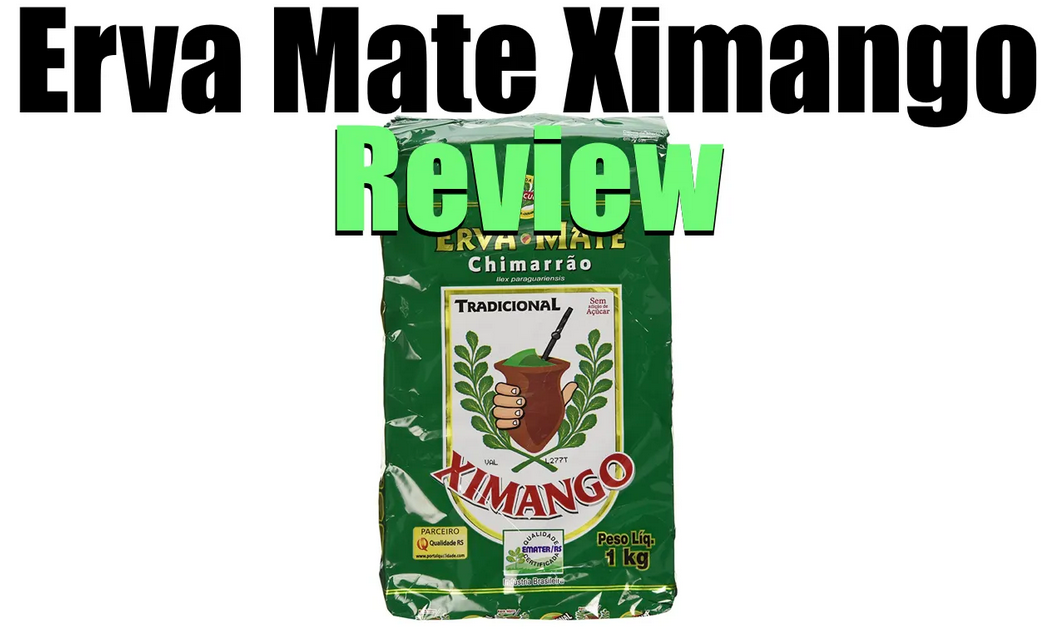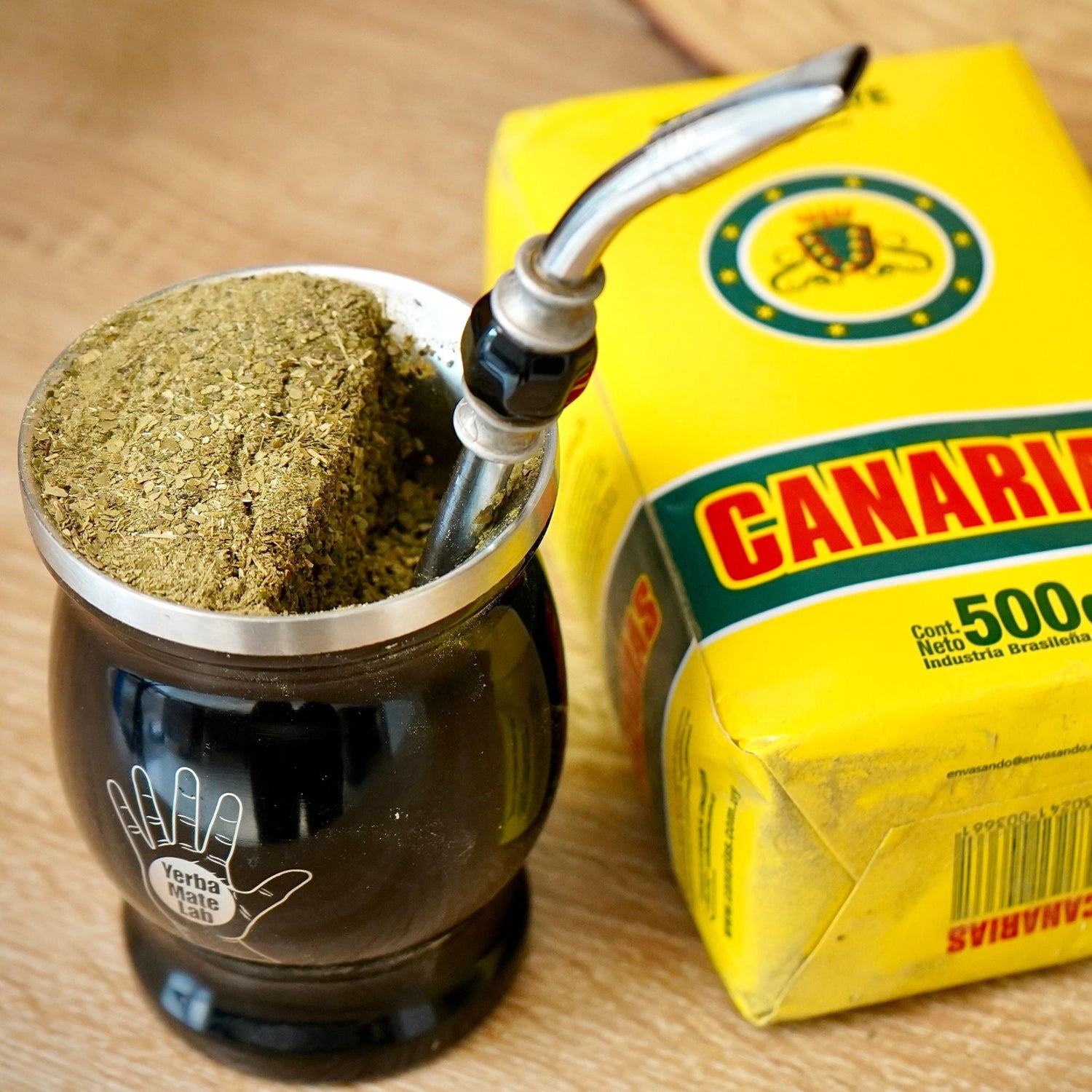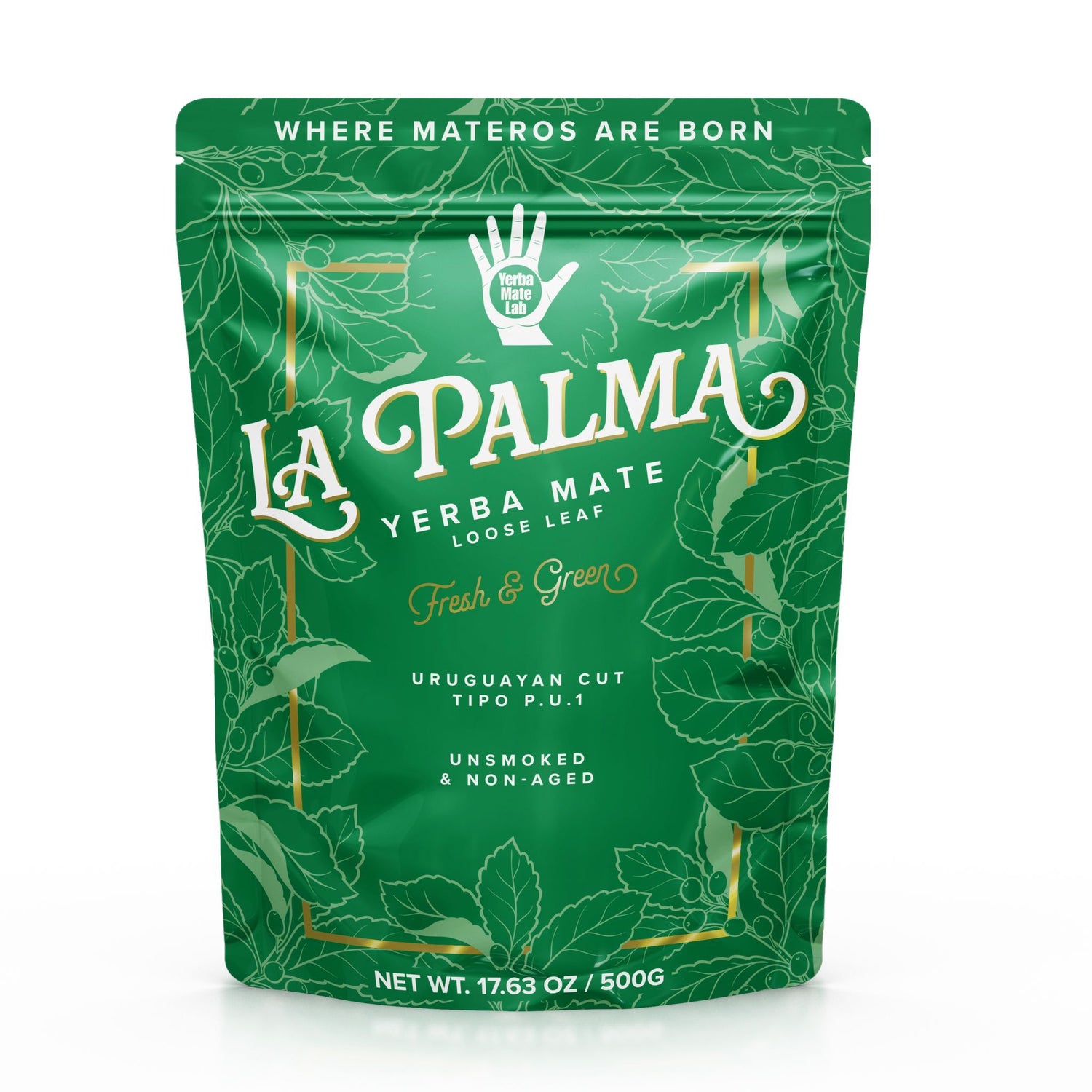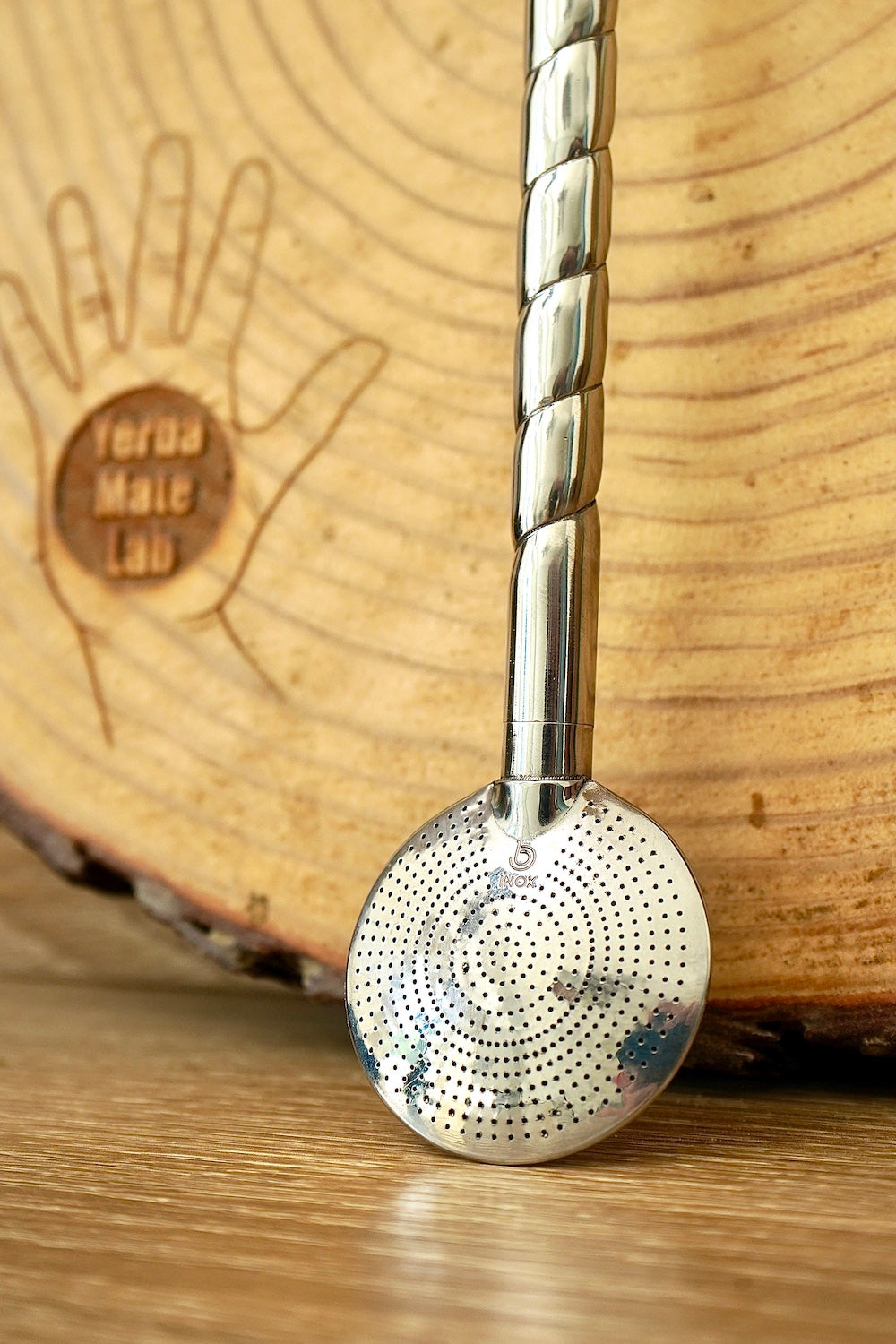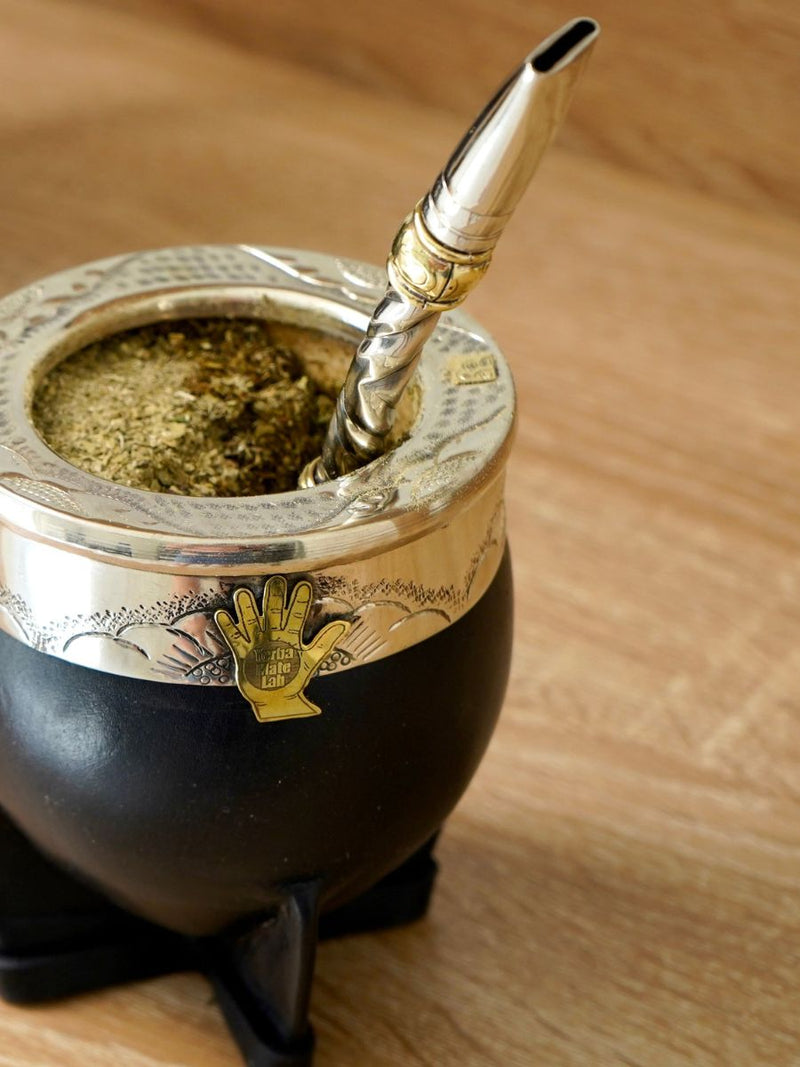When it comes to yerba mate, most only know of the Argentinian types – the leaf, stem, and dust combo. Leaving Brazilian mates completely out of the picture. And if you’ve never tried it before, you have no idea what you’re missing out on…
Brazilian mates, called chimarrão (shim-a-hoe) or erva mate (erva-match), are the complete opposite of what you’re probably used to.

And Ximango is one of the well-known brands you might want to give a try if you’re new to chimarrão. Not only because of its taste, but because it’s one of the very few that’s easily available in the US.
So by the time you finish reading this post, you should have a good idea of what this Brazilian mate tastes like, looks like, and feels like.
And of course, where you can buy it.
I’ve been drinking it everyday for the past few weeks, after solely drinking Argentinian mates (Cruz De Malta, Rosamonte, Taragui).
Here’s how it turned out…
Erva Mate Ximango Is A Brazilian Cut

What’s the difference from a Brazilian cut and all the others?
Instead of a leaf-dominant yerba, this is all about the powder and stems, with almost little to no leaves.
Another thing you notice off the bat is its beautiful, vibrant neon-green color. Don’t be scared… The reason for its color is because it’s not aged like other yerba mates are.
Which makes a big difference in taste as well. But I’ll get into that in a second.
There is one thing you should know first, if you’ve never tried chimarrão before. And that is it’s going to be quite hard to prepare as a beginner. Why?
Because of its powdery content. You can easily suck in a bunch of dust or clog your bombilla if you don’t prepare it correctly.
Luckily for you, I’ve made a pretty in-depth post on how to prepare chimarrão which you might want to read if you’re going to buy Ximango.
Now, let’s get into how it tastes…
Erva Mate Ximango Tastes Buttery Smooth
One of the main complaints people have with yerba mate is that it’s too bitter or too smoky. Two notes that can be an acquired taste. But guess what?
Ximango is neither of those.
You will find some bitterness, and little to no smokiness. At least for me, but you’ll most likely feel the same after trying it out. Especially if – like me – you are an avid drinker of Argentinian mates.
So how does it taste…
Ximango, like its color, tastes herbaceous and grassy and earthy. And the part I like the most is it has this hint of saltiness and nuttiness.
What’s more, it’s not a bold or strong flavor. Instead, it’s light and easy on the palate with a buttery smoothness.
If I were a beginner again, this is what I would’ve started with.
I don’t know why chimarrão isn’t as popular as the Argentine mates here in the US. It would definitely ease people into the world of yerba mate much easier.
But anyways, Ximango is certainly for you if bitterness and smokiness turn you off.
Erva Mate Ximango Lasts A Short Time

Fresh brew of Erva Mate Ximango
As expected, with its light and soft flavors, Ximango doesn’t last a long time.
Compared to other mates from other countries, chimarrão has the shortest lifespan. Why?
Because of its content.
Powder and stems don’t really provide a lasting flavor like leaves would. With chimarrão, it turns watery rather quickly and loses its flavor.
But this doesn’t mean it’s weak in effects…
Erva Mate Ximango Has Soothing Effects
The main reason you drink yerba mate (besides for it’s delicious taste) is for the effects. And if you’ve never had chimarrão before, the effects are almost night and day…
The biggest difference in chimarrão is it’s a lot more relaxing than usual Argentine mates. Yet, it still retains the same constant increase in focus and concentration for hours on end.
Not a big boost in energy, but a slow and steady stream.
Another difference you’ll notice is you feel relaxed all over your body. Whereas, with Argentine mates, you feel it more around your face.
It’s strange, and a bit hard to explain, but that’s what I got from it.
And of course, like almost all mates, there’s no crash or jittery-ness.
Now lastly, here’s what I also noticed…
My mind feels clearer. And I have a burst of euphoria. Every time I drink it in the morning, no matter how cranky or tired I am, I always feel great. And can get to work instantly.
Don’t get me wrong, nearly all yerba mates do the same. But this was different enough for me to distinguish and point out.
Erva Mate Ximango Review

Ximango is one of the most popular chimarrão brands in Brazil. And as you just read, for good reason.
But again, it does have a short cycle. However, if you’ve never tried chimarrão before, I highly recommend you do now, especially if you’re bored of your usual Argentine mate.
With a light, smooth chimarrão like Ximango, it’s perfect for the beginner just entering into the world of yerba mate. As well as for the long-time drinker.
When you order Ximango, it comes in a vacuum-sealed package. And is filled to the absolute top with this natural green powder. So be careful when you open it. Or be ready to clean up all the yerba on the floor
P.S. If you enjoyed this Ximango Review, you might also want to check out our store for amazing gourds and bombillas.
